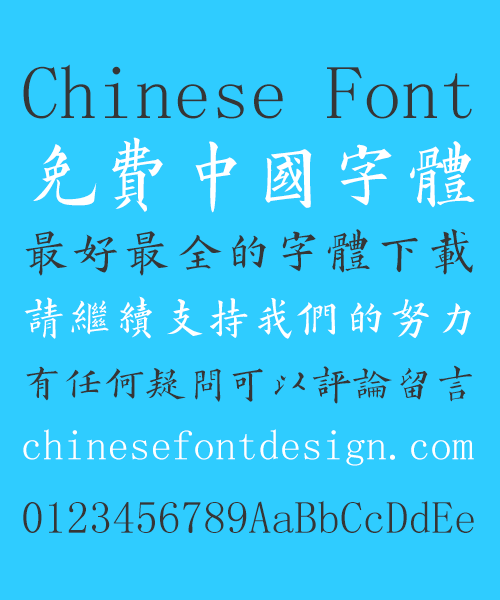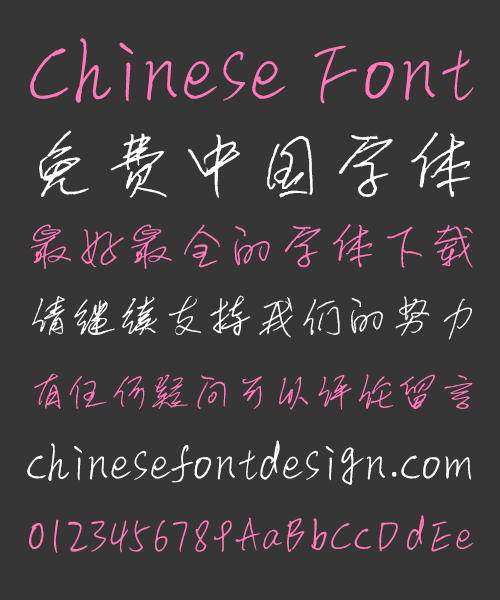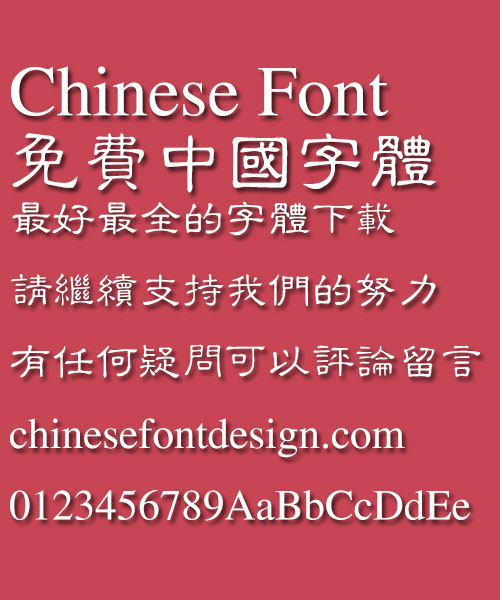


While, “Most people don’t like Adobe Unicode - it’s the most Arial-like Chinese font," Lok gives it its dues, “It’s simple and plain.

In second and third place come Microsoft YaHei (available with Windows 7) and Adobe Unicode (available with Adobe packages) – both sans-serif. Lok notes a recent design trend in favour of thick and rounded fonts. Yahei is crisp and simple like Helvetica, which Lok appreciates for its uniformity, where others vary in shape and stroke-proportion depending on the character. Most sites use Ming/Song typefaces, with the standard Ming/Song font available in Microsoft Windows being SimSun – the Mandarin equivalent of Times New Roman. This styles are popular with readers and designers – and Lok is a fan. Chinese websites tend to be saturated with content, meaning convention has dictated that the same few fonts are used for body copy. Online, the first requirement is that text be easily read. There is minimal variation in stroke thickness apart from the endings, and none at all on the diagonal strokes making skim-reading easy. Ming/Song fonts resemble a neat and consistent version of calligraphy, and are characterized by thin, level horizontal strokes with serif, and similar thin and straight vertical strokes with a small initial serif to the right or sometimes to both sides.

In print, most publications adhere to the industry standard Ming/Song style for copy, while using something experimental or calligraphic for headlines. Just as Arial, Gill Sans and Helvetica are examples of sans serif, within the Ming/Song category you'd find Microsoft's SimSun and Arphic's varieties. Every font falls under one of these categories. Ming/Song describes those with serif, Hei those without, and Kai describes standard calligraphic script. Then consider, that even in simplified Mandarin, some characters are extremely complex, involving a high density of strokes. Variables include the spacing between strokes, as well as their angle, thickness, length and style (i.e. So in static form, in print or online, a font needs to express the sequencing, direction and overall fluidity of a character’s stroke-order.


 0 kommentar(er)
0 kommentar(er)
